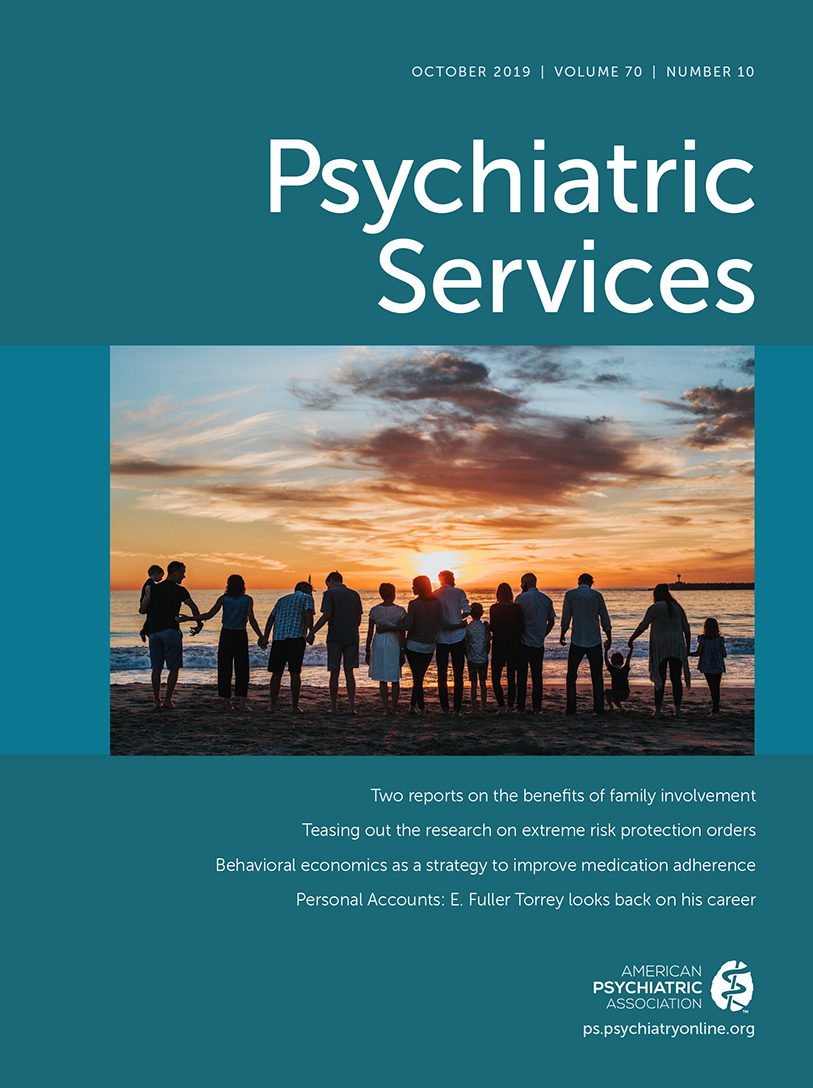Evidence of Low Adherence to Stimulant Medication Among Children and Youths With ADHD: An Electronic Health Records Study
Abstract
Objective:
The objective of this study was to evaluate rates and correlates of stimulant medication adherence in a sample of pediatric patients using data derived from electronic medical records (EMRs) from a large health care organization in a large metropolitan area. The study relied on a novel definition of medication adherence as a timely renewal of an index prescription determined using the electronically recorded issuance of a stimulant prescription in the EMR (“refill”).
Methods:
Prescription and sociodemographic data were extracted from the Partners HealthCare Research Patient Data Registry to calculate adherence to stimulant medication treatment.
Results:
In the EMR, 2,206 patients with prescriptions for central nervous system stimulant medication were identified. Results showed that 46% of the index prescriptions were refilled within the timeframe necessary for the patient to be considered consistently medicated. A multivariable logistic regression model predicting medication adherence from patient demographic and treatment characteristics yielded an area-under-the-curve statistic of 0.57, indicating that these characteristics predicted adherence only modestly better than chance.
Conclusions:
EMR data from a large health care organization showed that 46% of pediatric patients were adherent to treatment with stimulants. Rates of medication adherence were worse among patients receiving care from a primary care provider than among those receiving care from a psychiatrist, in older patients, and in female patients and did not appear to be influenced by racial-ethnic group, economic class, stimulant type, or medication formulation (short or long acting). These findings, which show low rates of medication adherence among children and adolescents with ADHD, suggest the need for efforts to improve these rates.



